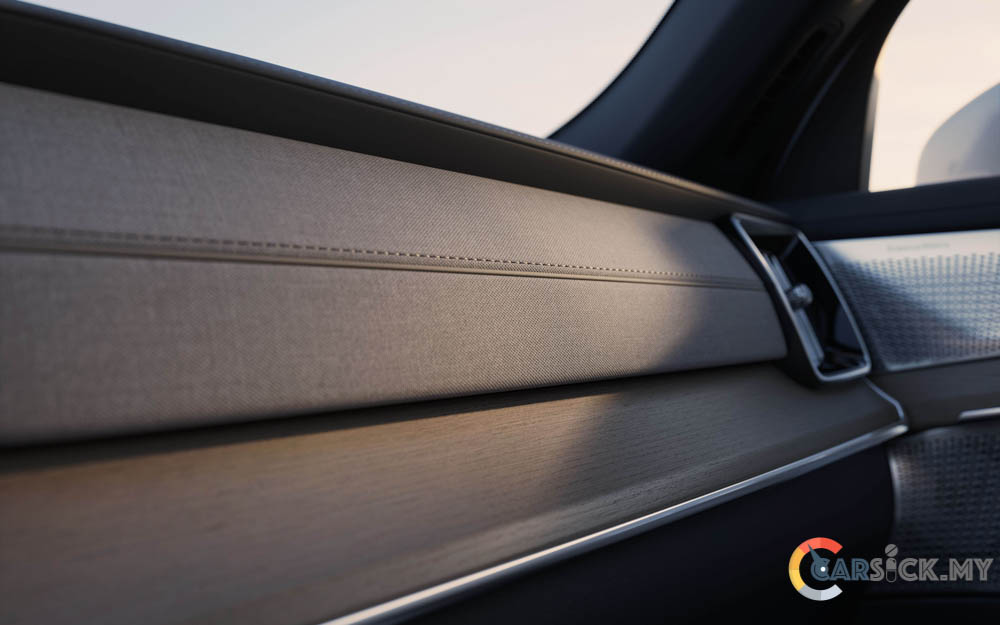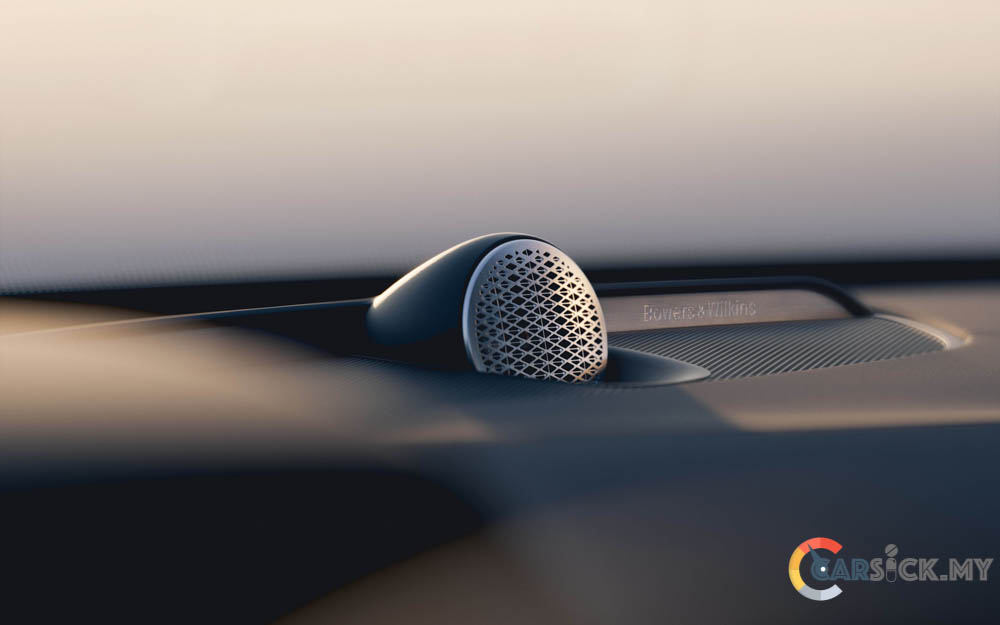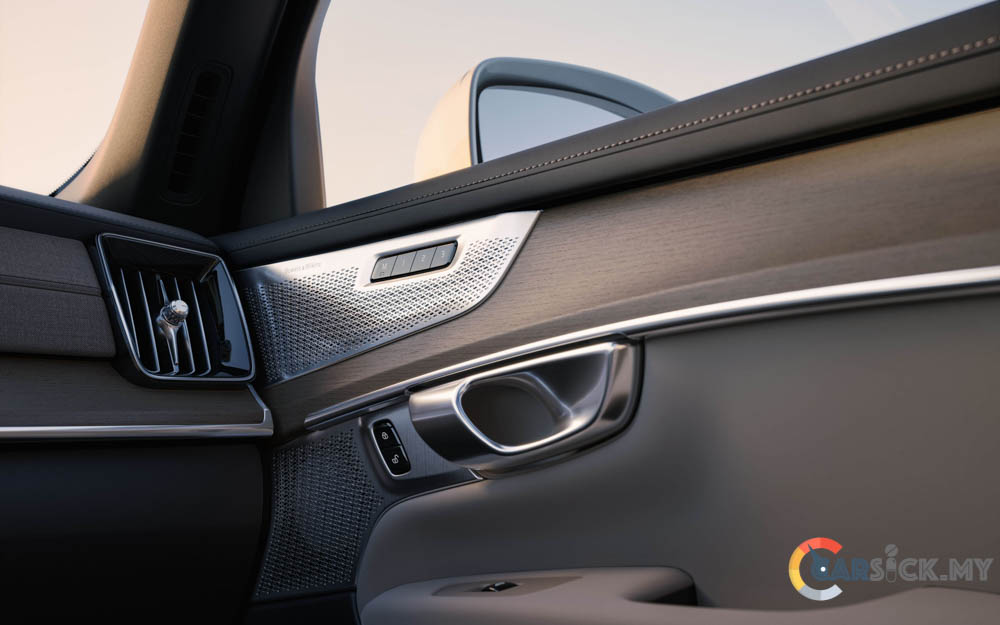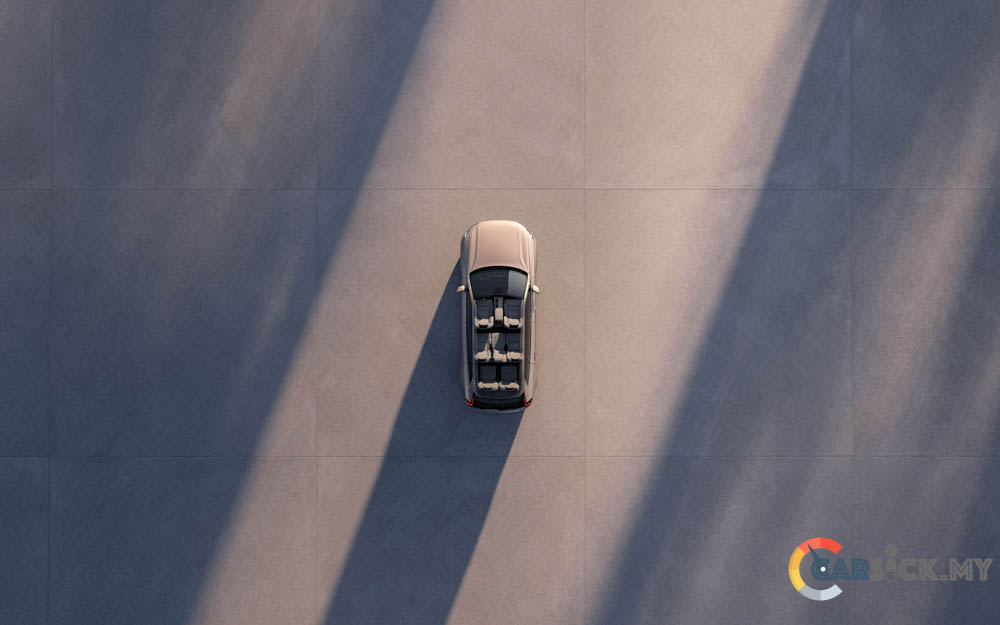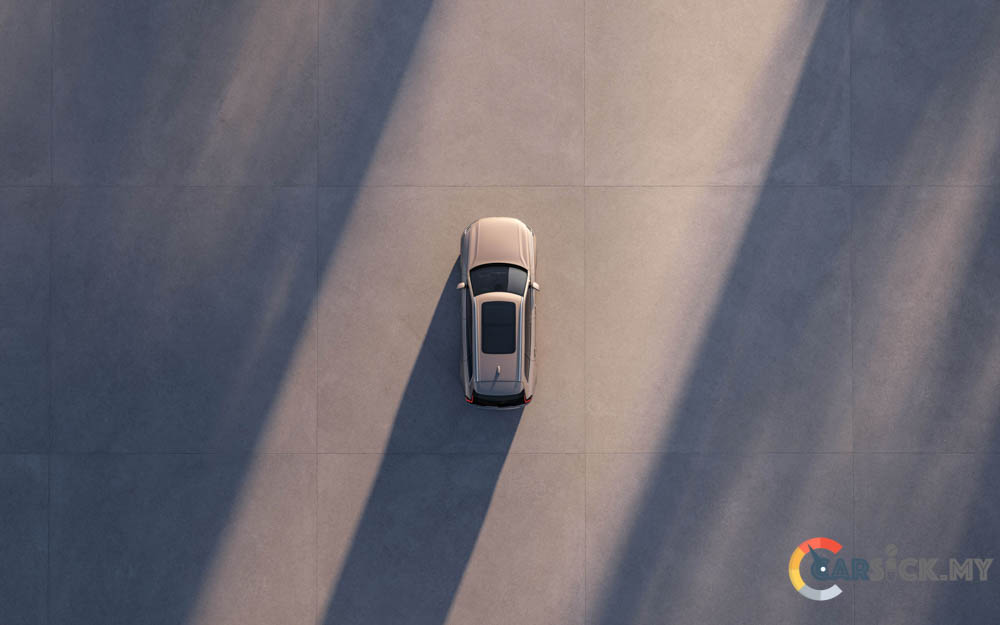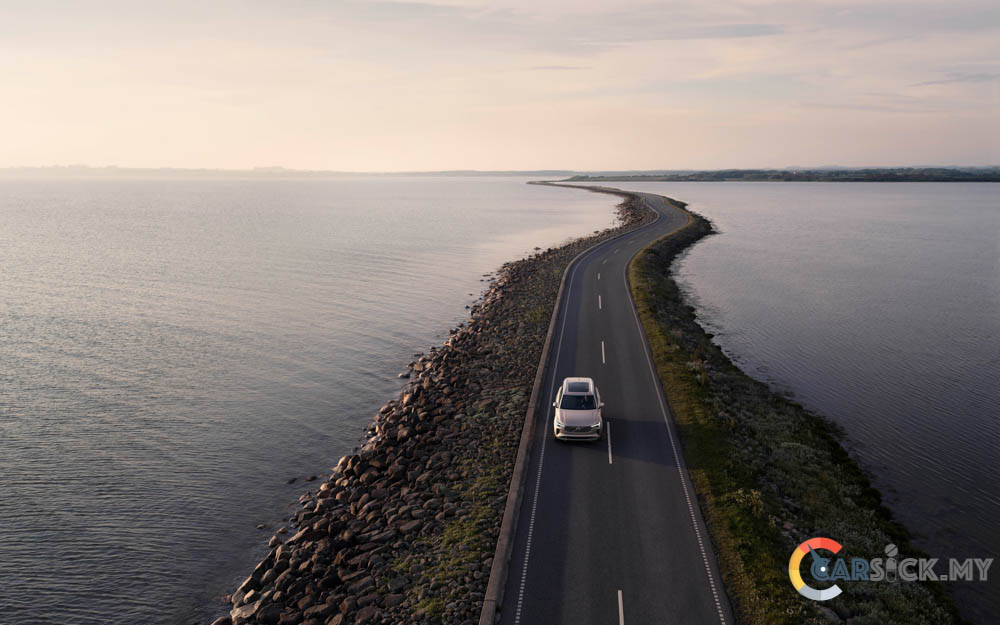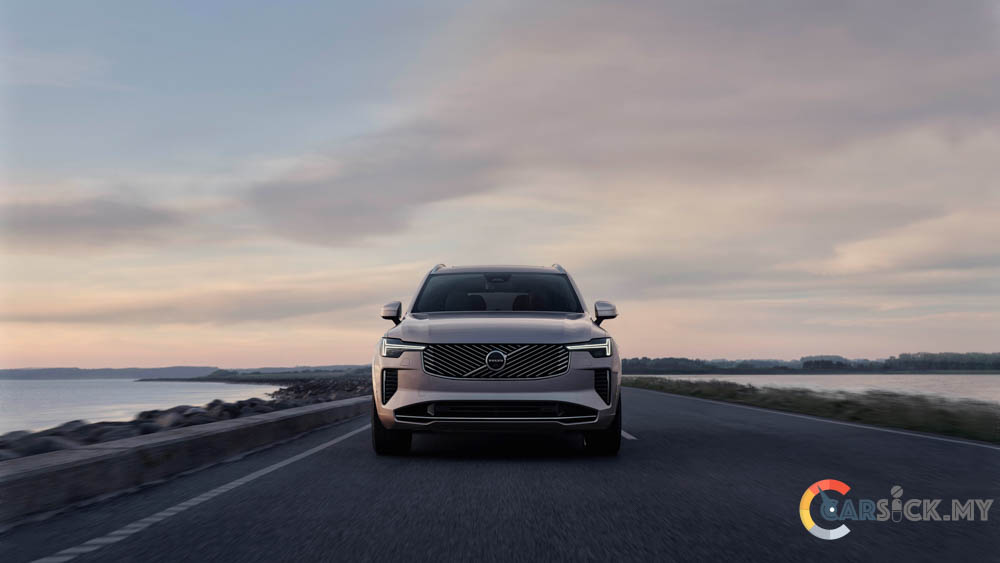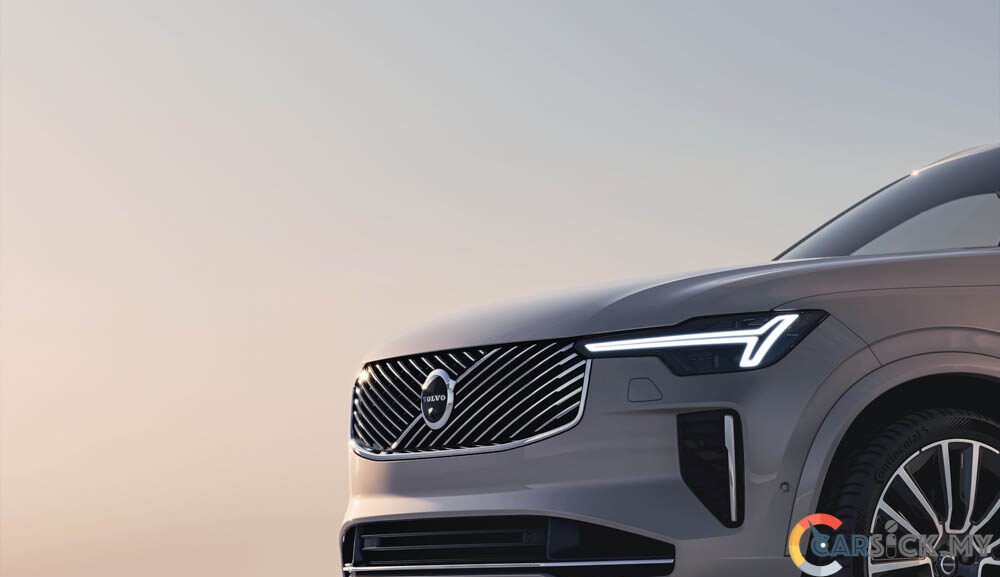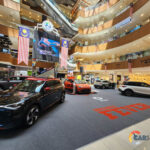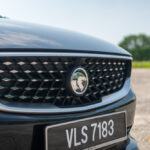Volvo Cars is doubling down on its commitment to innovation and sustainability with two flagship SUVs that embody the company’s vision for the future: the fully electric Volvo EX90 and the hybrid Volvo XC90. Both vehicles offer unique advantages, catering to different needs and markets, yet share a common goal: to make mobility safer, more enjoyable, and environmentally responsible.
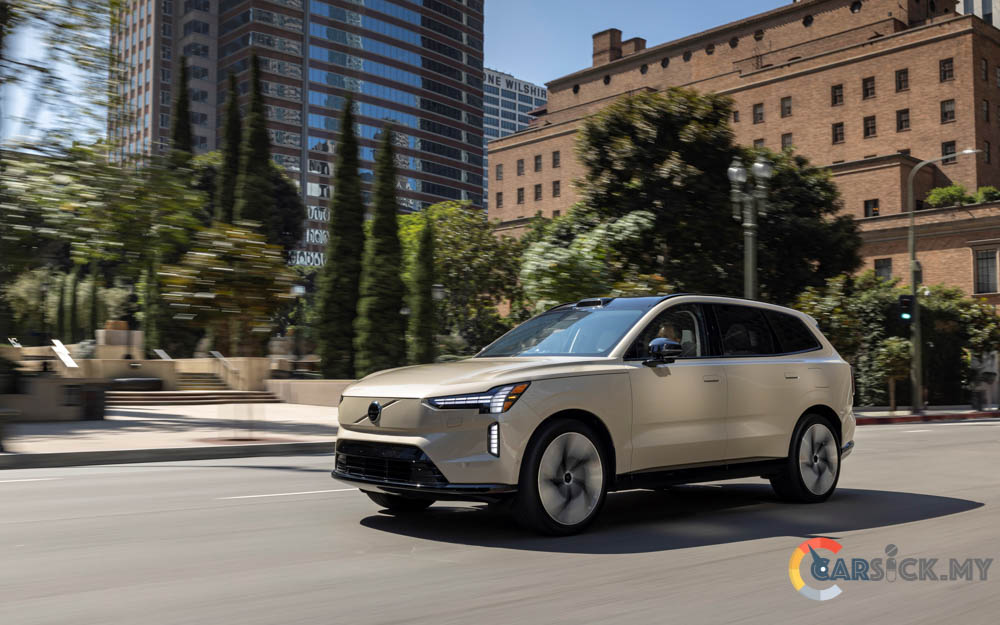 At the core of the EX90’s appeal is its groundbreaking technology. As Volvo’s first vehicle powered by a central computing system, the EX90 uses the NVIDIA DRIVE® platform and the Qualcomm Snapdragon® Cockpit Platform, complemented by in-house developed software. This intelligent system manages everything from safety features to battery management, ensuring a more responsive and seamless driving experience.
At the core of the EX90’s appeal is its groundbreaking technology. As Volvo’s first vehicle powered by a central computing system, the EX90 uses the NVIDIA DRIVE® platform and the Qualcomm Snapdragon® Cockpit Platform, complemented by in-house developed software. This intelligent system manages everything from safety features to battery management, ensuring a more responsive and seamless driving experience.
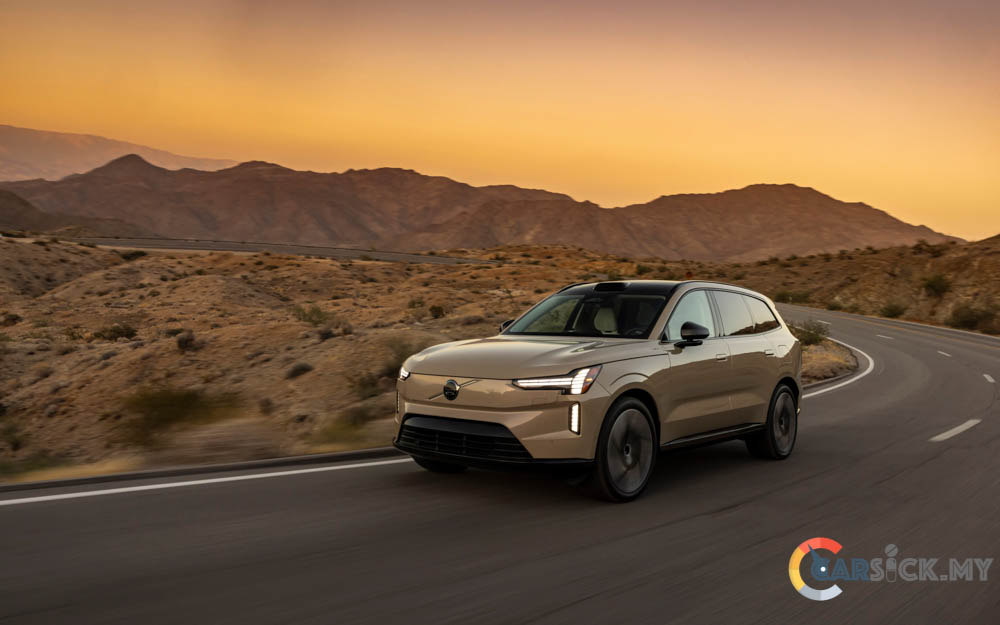
The EX90 is also equipped with advanced sensors, including radars, cameras, and a lidar from Luminar, enhancing safety and allowing for continuous software updates via an always-on 5G connection. With a driving range of up to 600 km*, the EX90 is designed to evolve with its owner, offering a car that grows smarter over time.
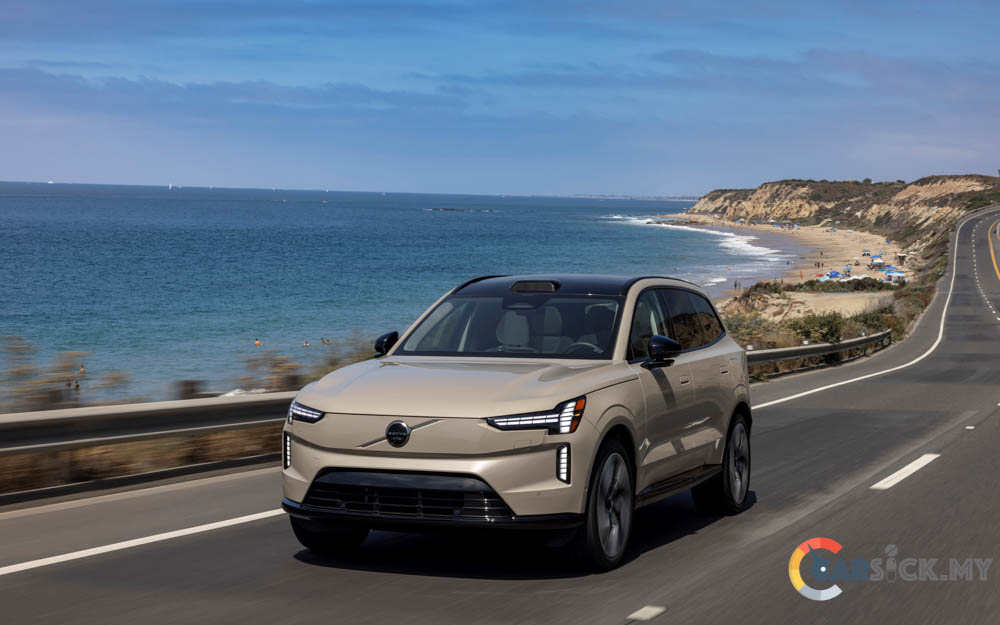
Another first for Volvo, the EX90 offers bi-directional charging, enabling customers to feed energy back into the grid, supporting a more sustainable energy future. Production began earlier this year at Volvo’s state-of-the-art facility in South Carolina, which has undergone significant upgrades to support this new era of electric vehicles.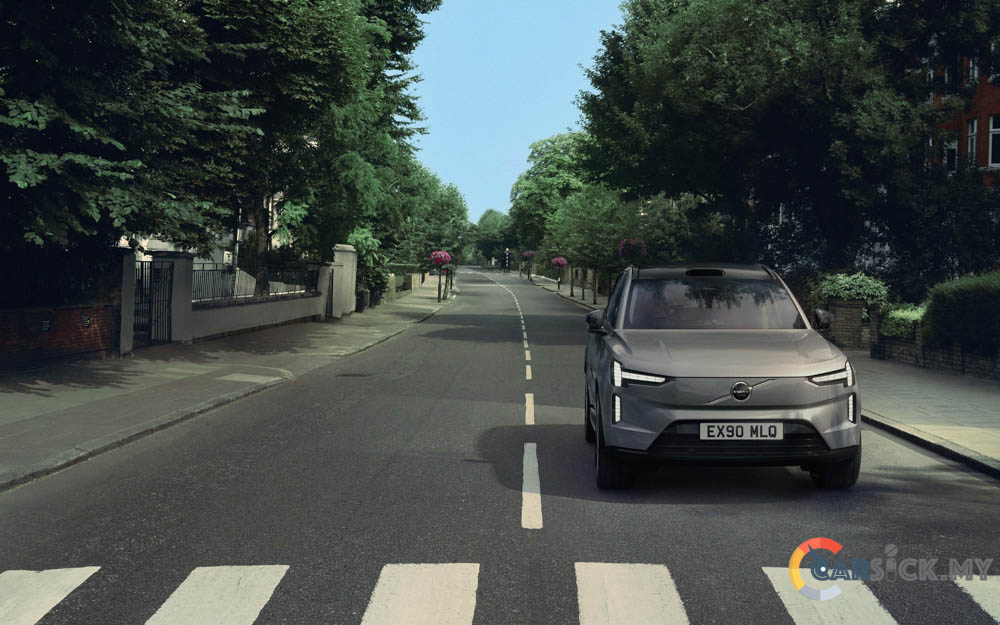
While the EX90 represents the future of all-electric mobility, the XC90 continues to play a crucial role in Volvo’s strategy with its flexible hybrid powertrain. Known for its comfort, safety, and hybrid capabilities, the XC90 has received numerous technology and design updates that make it more compelling than ever.
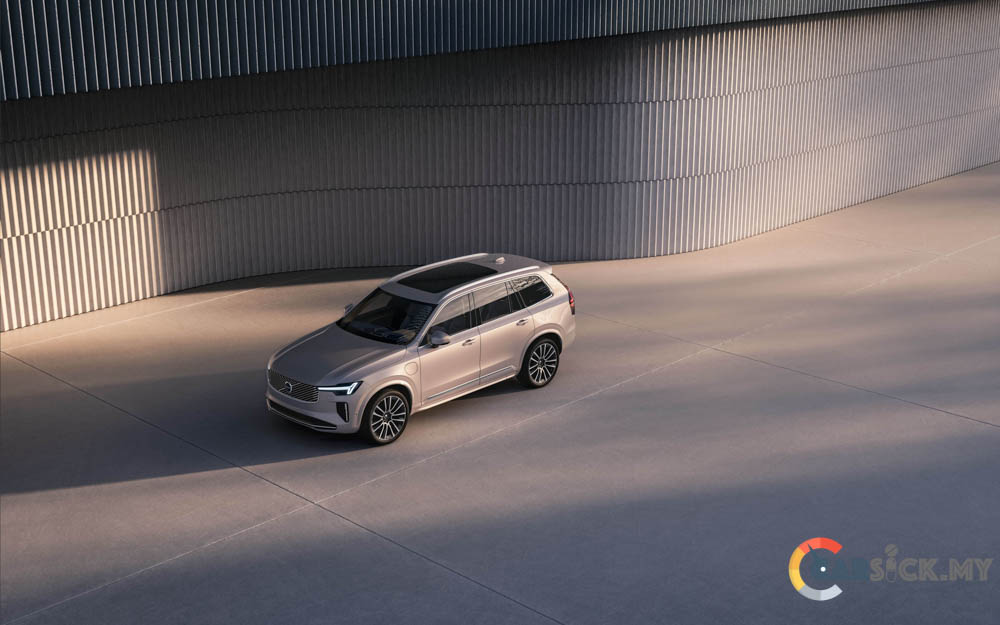
As a plug-in hybrid, the XC90 offers a fully electric range of over 70 kilometers on a single charge under the WLTP cycle, making it ideal for daily commutes with zero tailpipe emissions. For longer journeys, the hybrid powertrain combines electric power with an efficient petrol engine, extending the range by over 800 kilometers. This versatile setup provides all-wheel drive or off-road capability on demand, offering a flexible solution for a variety of driving needs.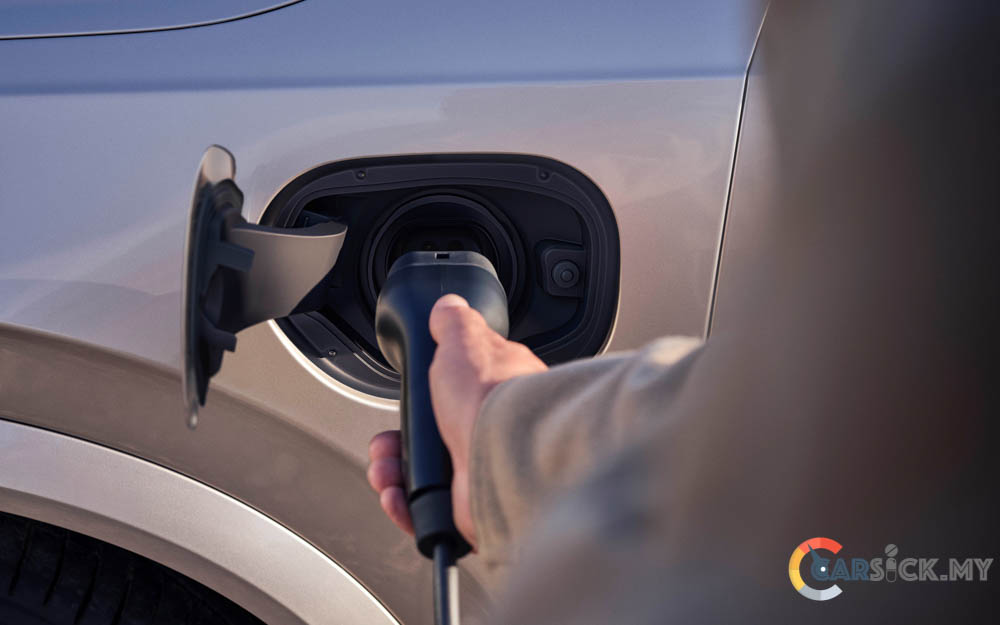
The XC90 also introduces a refreshed interior inspired by Volvo’s latest electric models, featuring a larger, high-resolution central touchscreen, improved practicality, and a premium feel with Scandinavian design elements. New features, such as enhanced illumination and additional storage, further enhance the cabin’s appeal.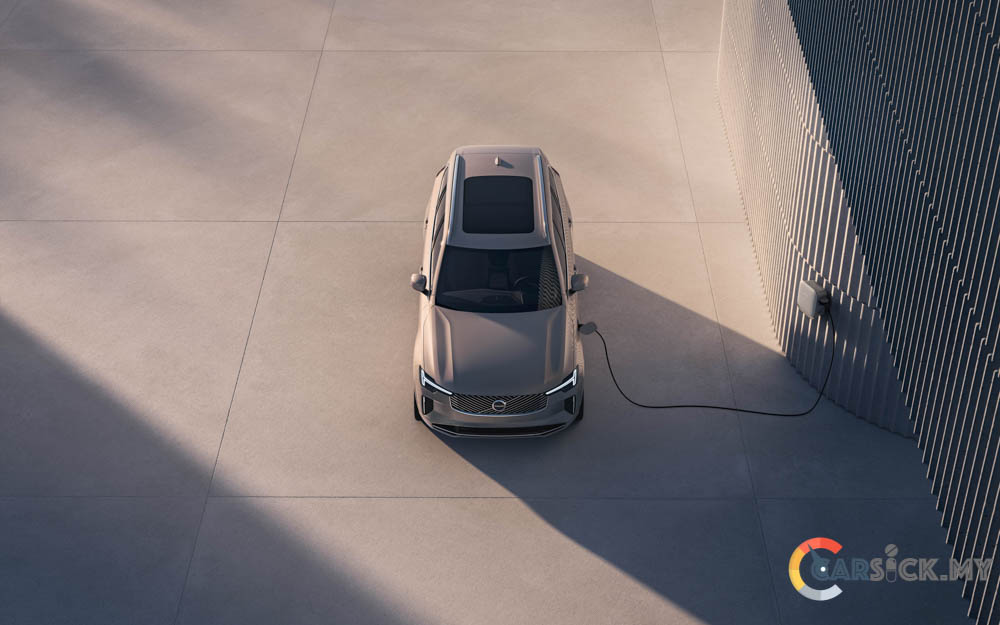
On the exterior, the XC90’s updated design reflects Volvo’s ongoing transition toward full electrification, incorporating elements from the EX90 and EX30 models. The hybrid SUV is also equipped with advanced safety features, including systems that help prevent lane departure, collisions, and other road hazards, making it one of the safest cars on the market. 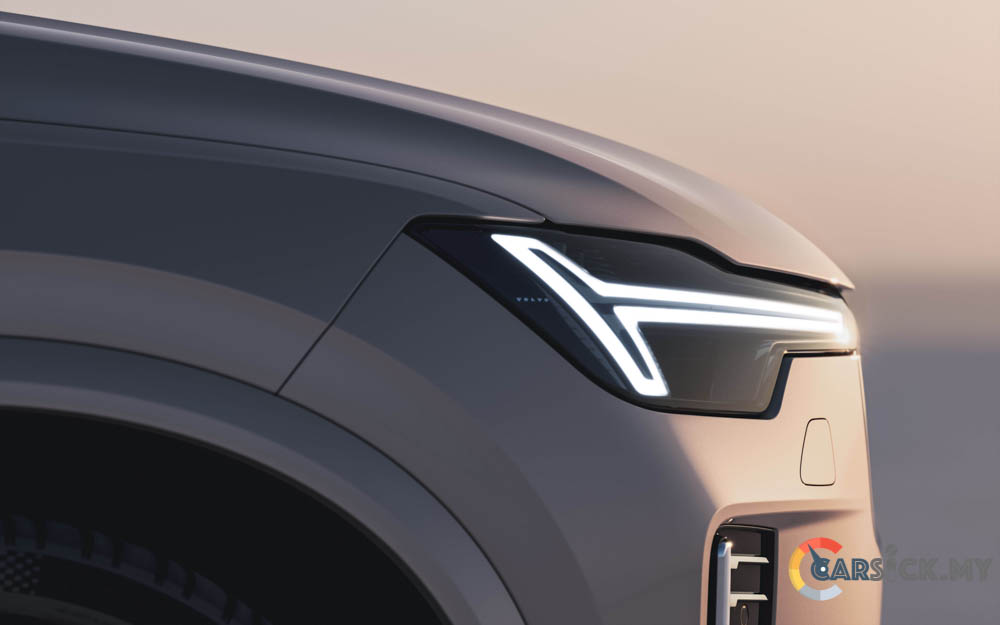
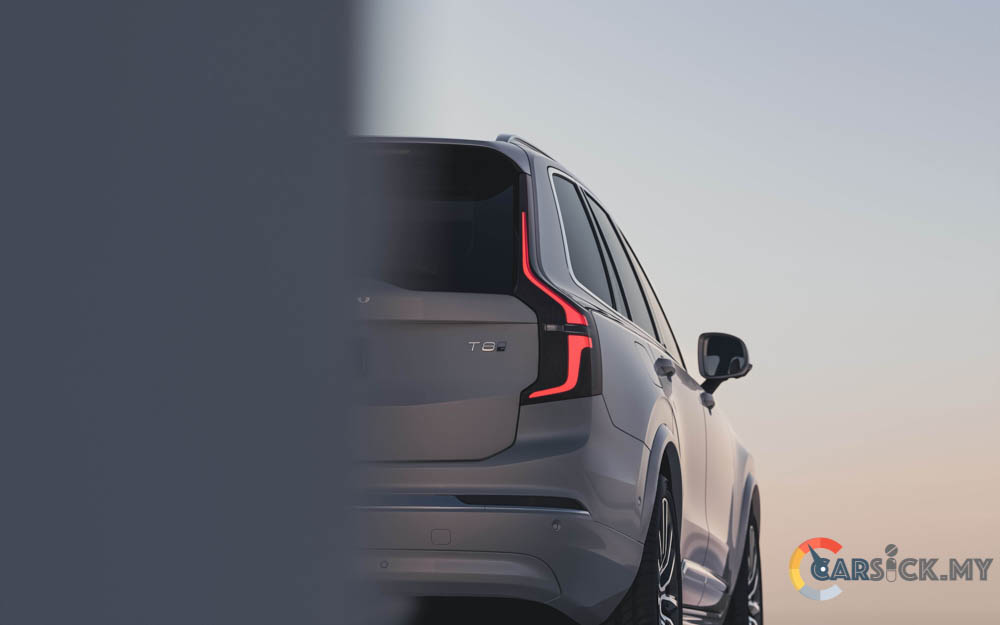
Together, the EX90 and XC90 demonstrate Volvo’s balanced approach to electrification. While the EX90 pushes the envelope as a fully electric SUV, the XC90 offers a bridge to a sustainable future with its hybrid powertrain. This strategy reflects the current market realities, where the demand for both fully electric and hybrid vehicles continues to grow. 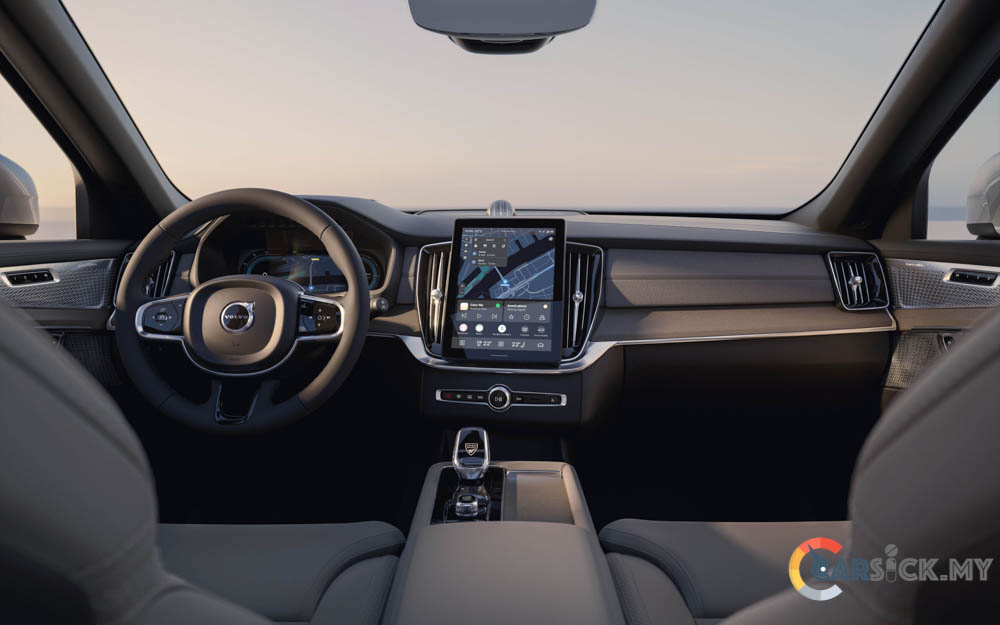
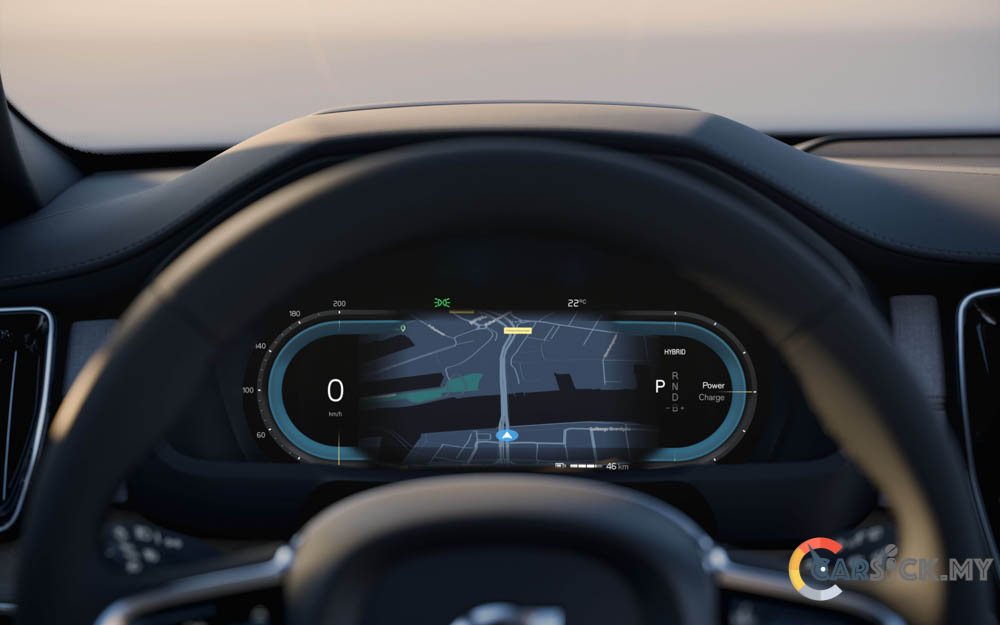
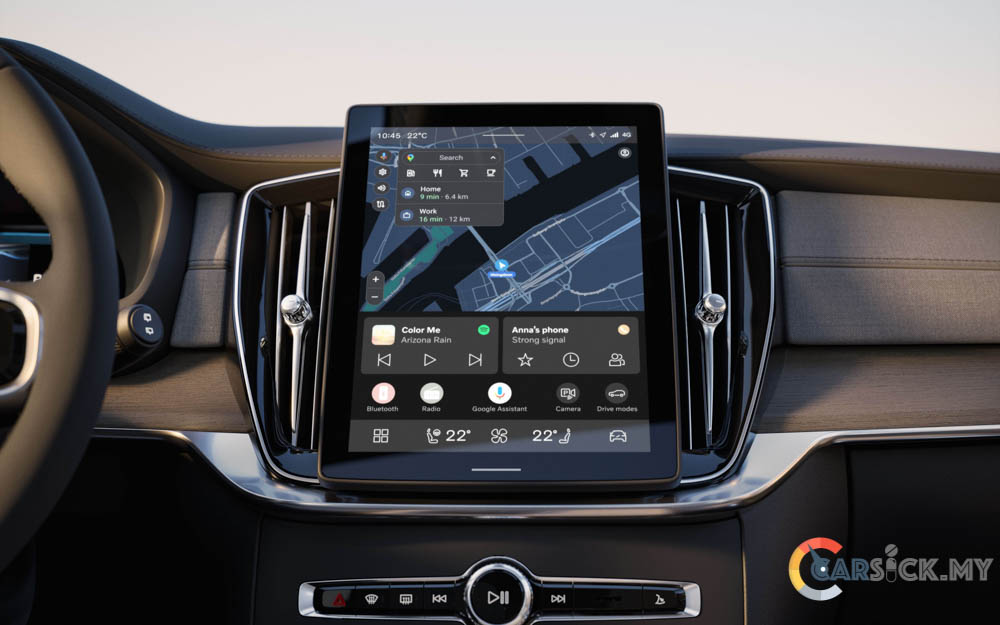
Volvo’s commitment to innovation, safety, and sustainability is evident in both models. Whether it’s the cutting-edge technology of the EX90 or the versatile powertrain options of the XC90, Volvo is leading the way toward a greener and smarter future in mobility. 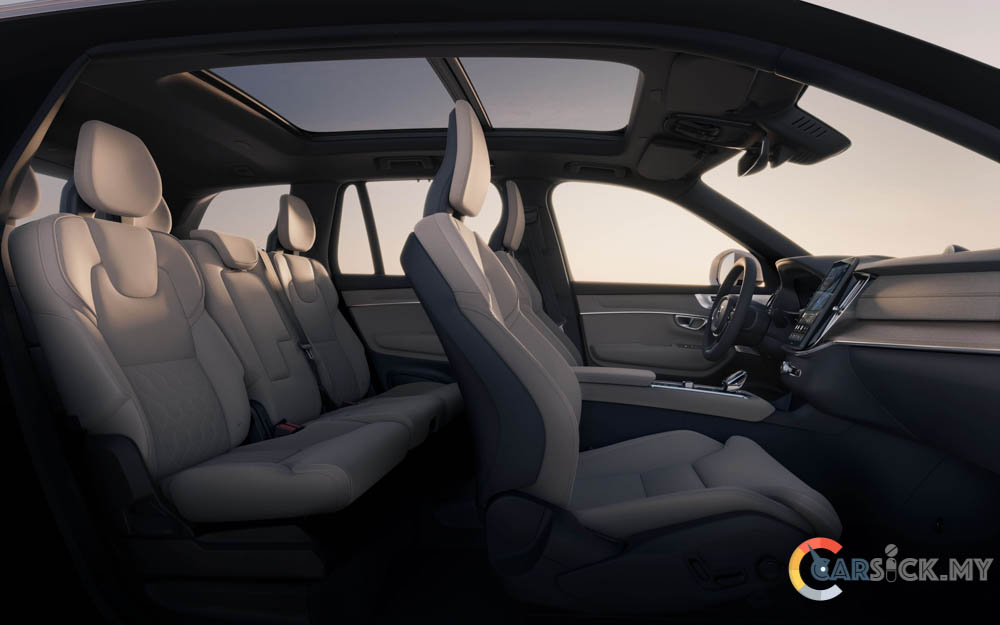
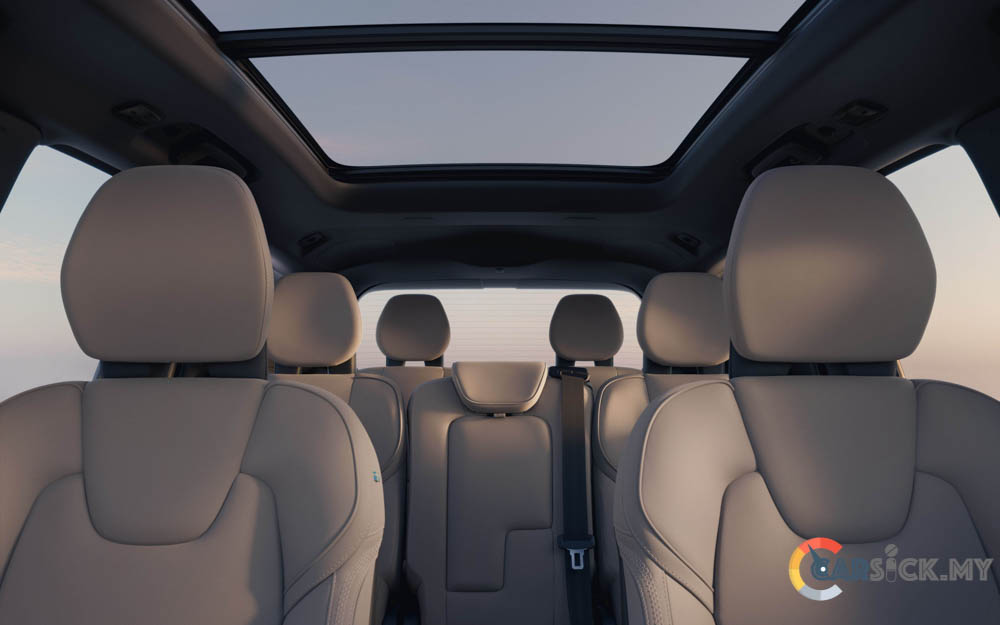
Alongside this 2 models, Volvo also show the silhouette of an upcoming model that Volvo will be launching soon. This will be the ES90 sedan, which will be replacing the S90 soon. Stay tune for more updates regarding this model.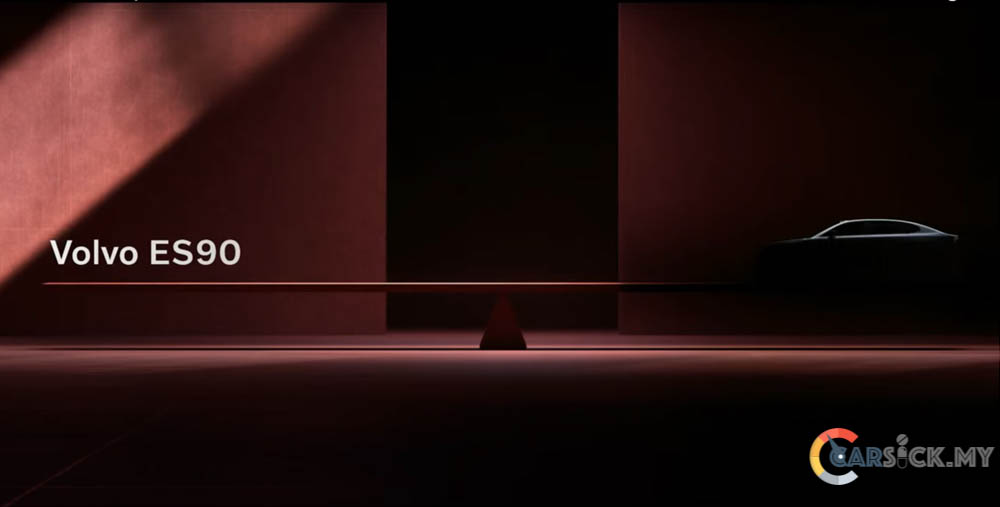
The EX90 is already in production and deliveries beginning soon. Meanwhile, the new XC90 is set to enter production in late 2024, with first customer deliveries expected by the end of the year. Volvo Cars is poised to offer the best of both worlds to its customers, supporting the transition to a fully electrified future. 